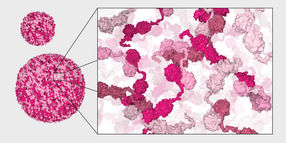These immune cells eat molecular trash to keep Alzheimer's at bay
A molecular receptor enables microglia to gobble up and digest amyloid beta plaques
Advertisement
UCSF scientists have discovered how microglia engulf and break down amyloid beta, a protein that builds up in Alzheimer’s, with devastating consequences for the brain.
In Alzheimer’s disease, proteins like amyloid beta form clumps, known as plaques, that damage the brain. But in some people, immune cells called microglia break down these proteins before they can cause harm. This leads to fewer and smaller clumps — and much milder symptoms.
Researchers at UC San Francisco identified a molecular receptor that enables microglia to gobble up and digest amyloid beta plaques.
Without the receptor, ADGRG1, the microglia barely nibbled on the toxic protein. Using a mouse model of Alzheimer’s disease, the researchers observed how the loss of ADGRG1 led to the rapid buildup of amyloid plaques, neurodegeneration, and problems with learning and memory.
“We think this receptor helps microglia do their job of keeping the brain healthy over many years,” said Xianhua Piao, MD, PhD, a physician-scientist in the UCSF Department of Pediatrics.
Indeed, when the researchers reanalyzed a prior study of gene expression in the human brain, they found that individuals who died of mild Alzheimer’s had microglia with abundant ADGRG1, and mild cognitive impairment — implying that the microglia ate well and kept the disease in check. But in those who died of severe Alzheimer’s, the microglia had very little ADGRG1, and the plaques proliferated.
ADGRG1 is one of hundreds of G protein-coupled receptors, which are routinely targeted in drug development. This bodes well for a rapid translation of the discovery into new therapies.
“Some people are lucky to have responsible microglia,” Piao said. “But this discovery creates an opportunity to develop drugs to make microglia effective against amyloid-beta in everyone.”
Original publication
Beika Zhu et al.; G-protein-coupled receptor ADGRG1 drives a protective microglial state in Alzheimer's disease through MYC activation, Neuron 2025
Most read news
Original publication
Beika Zhu et al.; G-protein-coupled receptor ADGRG1 drives a protective microglial state in Alzheimer's disease through MYC activation, Neuron 2025
Topics
Organizations
Other news from the department science

Get the life science industry in your inbox
By submitting this form you agree that LUMITOS AG will send you the newsletter(s) selected above by email. Your data will not be passed on to third parties. Your data will be stored and processed in accordance with our data protection regulations. LUMITOS may contact you by email for the purpose of advertising or market and opinion surveys. You can revoke your consent at any time without giving reasons to LUMITOS AG, Ernst-Augustin-Str. 2, 12489 Berlin, Germany or by e-mail at revoke@lumitos.com with effect for the future. In addition, each email contains a link to unsubscribe from the corresponding newsletter.
Most read news
More news from our other portals
Last viewed contents
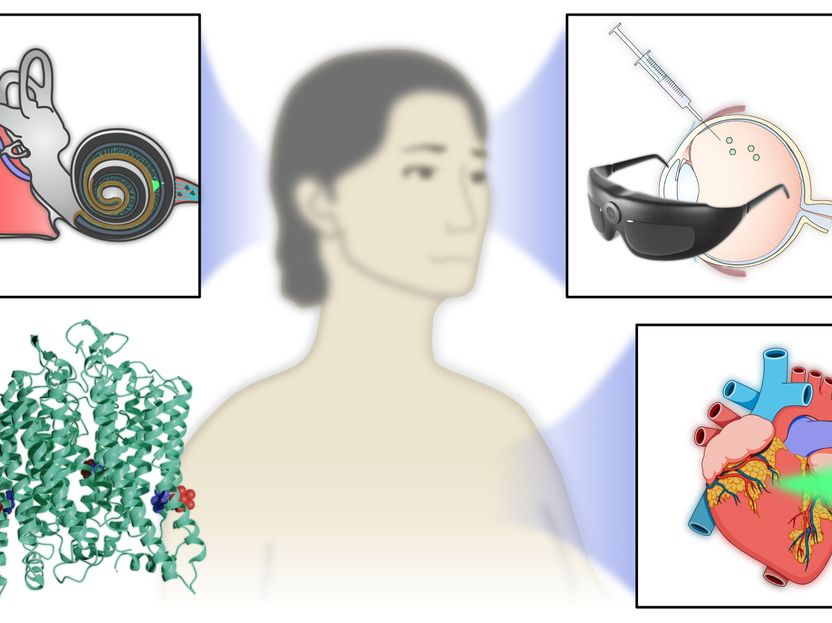
Improved “molecular light switch” promises help for blind, deaf and heart patients - A significant advancement in optogenetics

New method to design custom protein binder - A novel, training-free approach in computational protein binder design unlocks new possibilities in next-generation biomedical applications
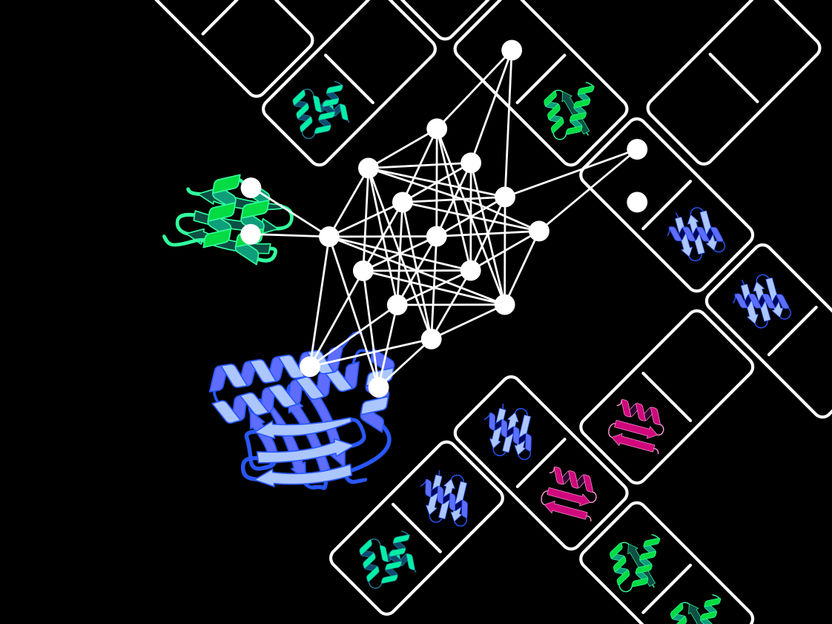
Playing Dominos: How an Artificial Protein Emerges from Fitting Together Individual Components - Open-source tool opens up many different possible applications in biotechnology and medicine

Lost in translation: New vulnerability of the aging brain discovered - International research team discovered that in the aging brain, certain proteins are lost even though their mRNA blueprints remain intact.

Higher ultra processed food intake linked to increased lung cancer risk - “Industrial processing alters the food matrix, affecting nutrient availability and absorption, while also generating harmful contaminants”
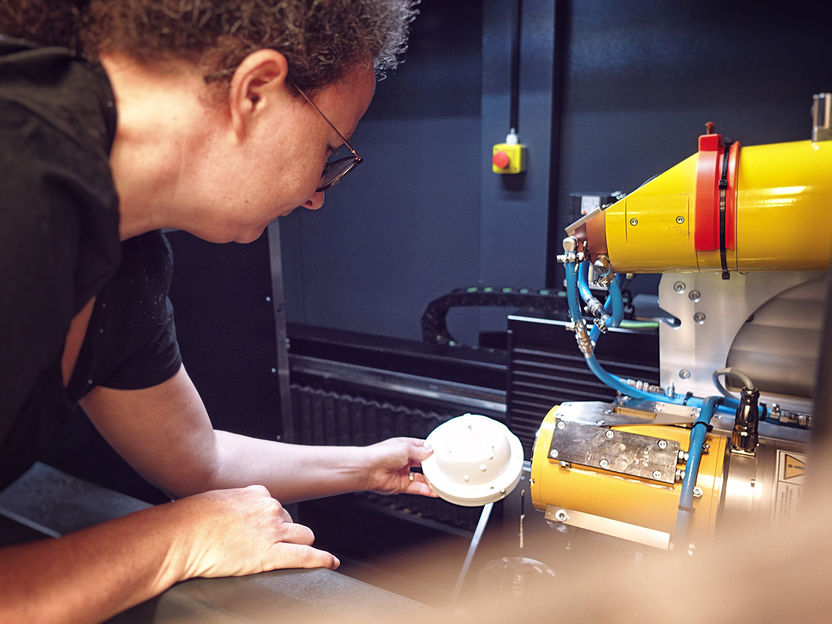
A Less Debilitating Approach to Cancer Diagnosis - New method combines X-ray imaging and radar
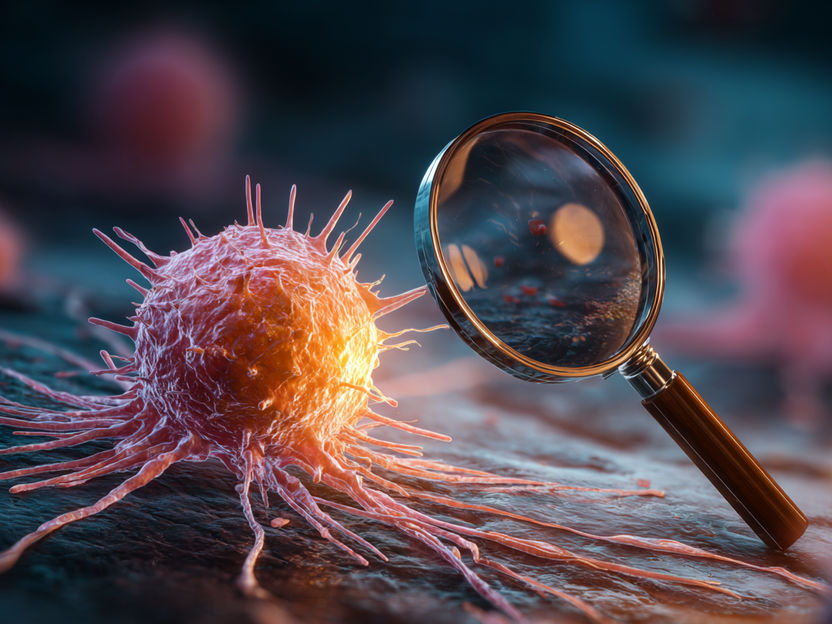
An advanced imaging technique detects cancer with unprecedented precision - New endoscopy technology enables early detection of esophageal cancer

Dana-Farber Cancer Institute unveils groundbreaking blood test for multiple myeloma

Milestone for medical research: New method enables comprehensive identification of omega fatty acids - Researchers at the University of Graz and the University of California, San Diego present an effective method to determine omega positions of lipids in complex biological samples including human tissues and blood
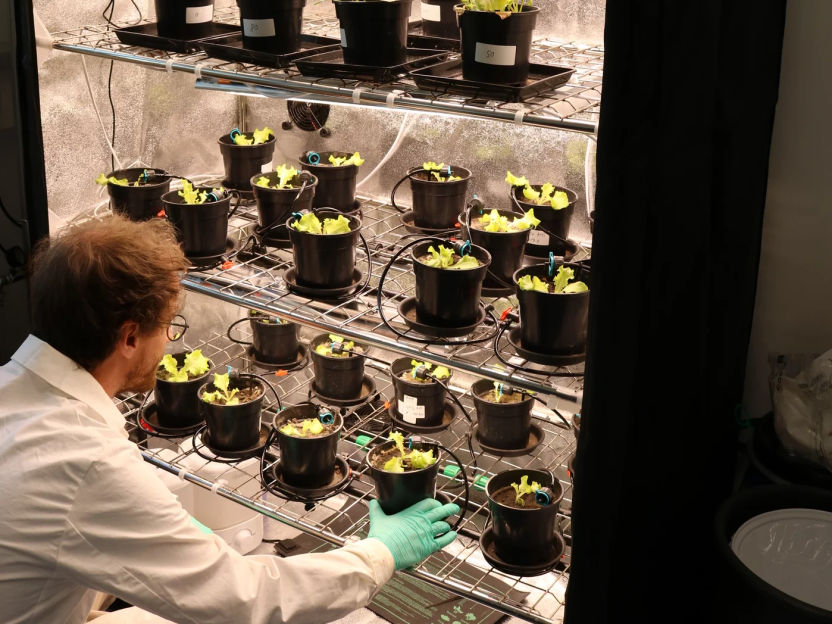
Humify – superfood for the soil - Fighting climate change with green chemistry: The start-up Humify has developed a technology that can reactivate soil as a carbon sink

BINDER acquires Parameter Generation & Control

















